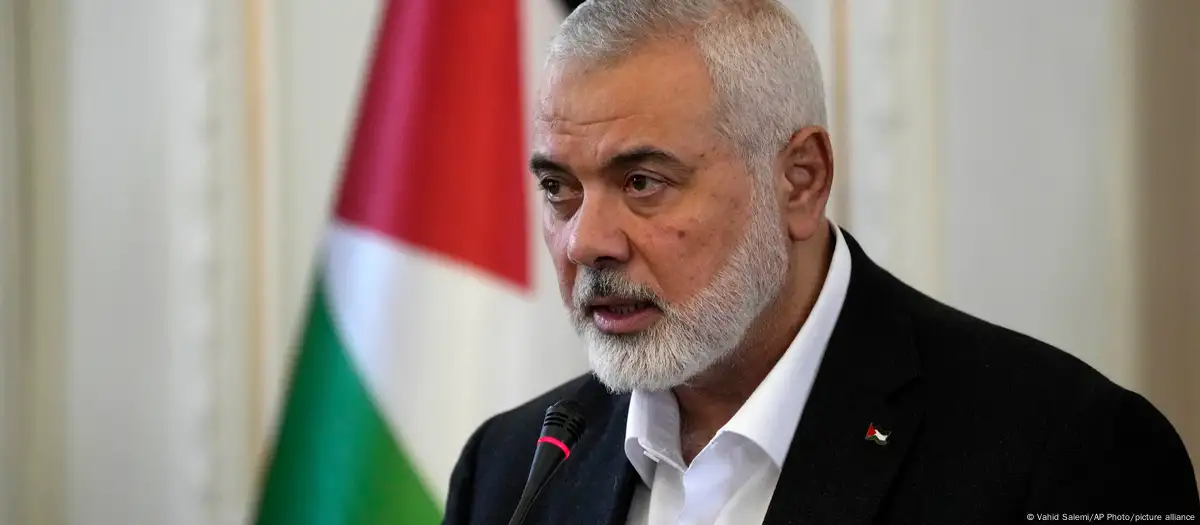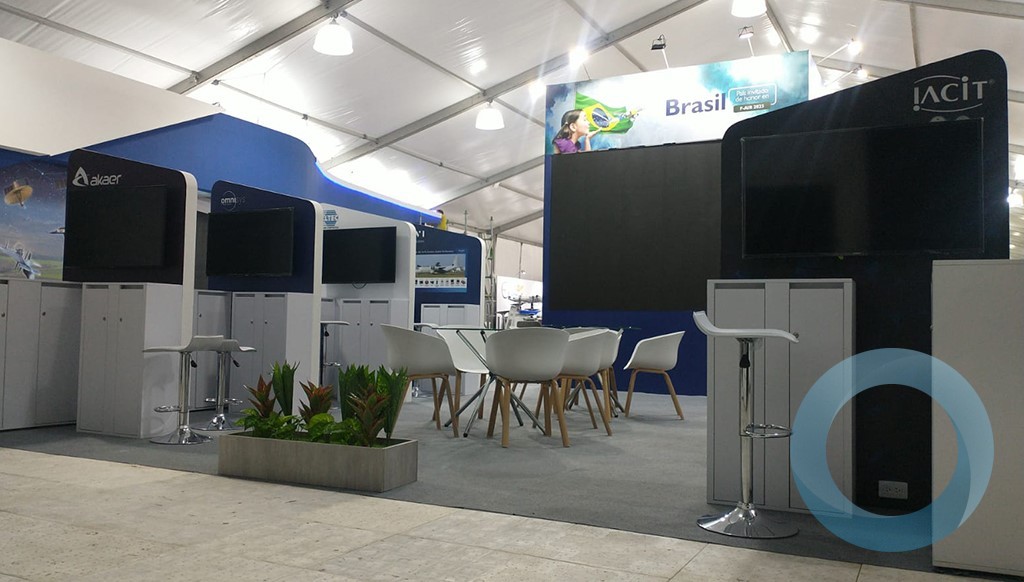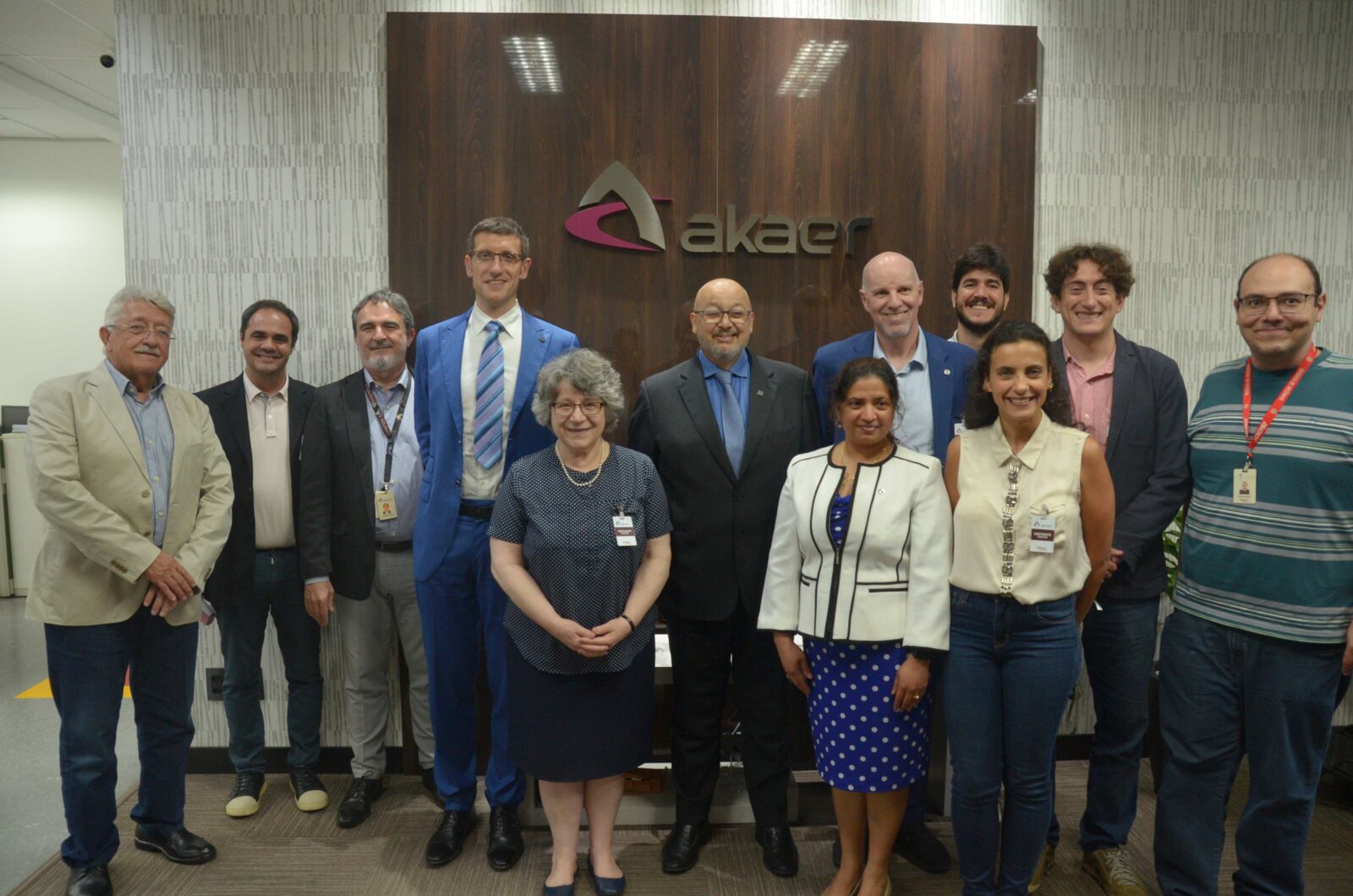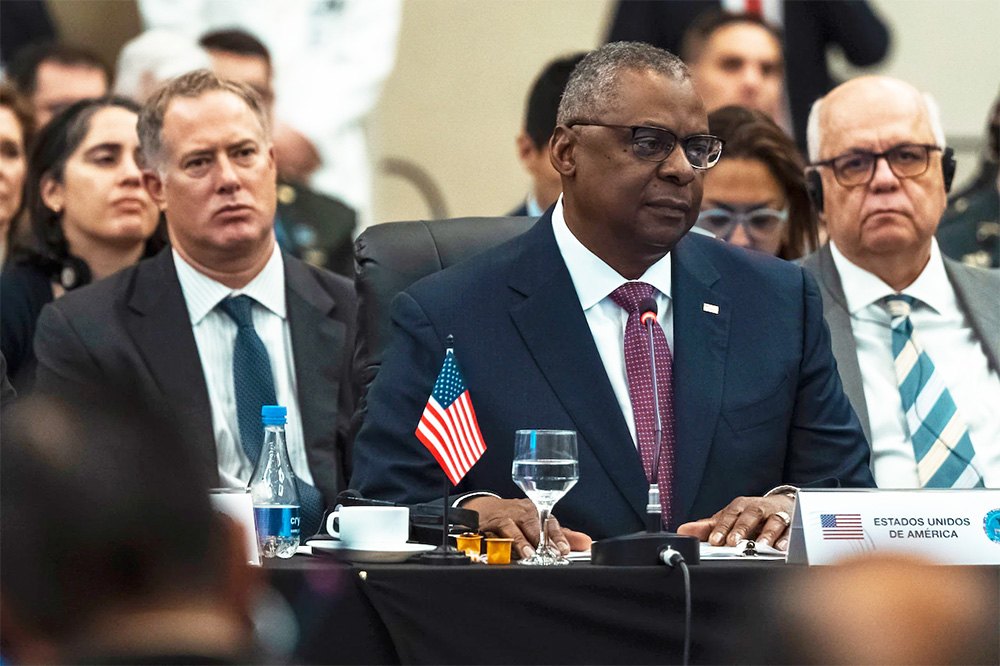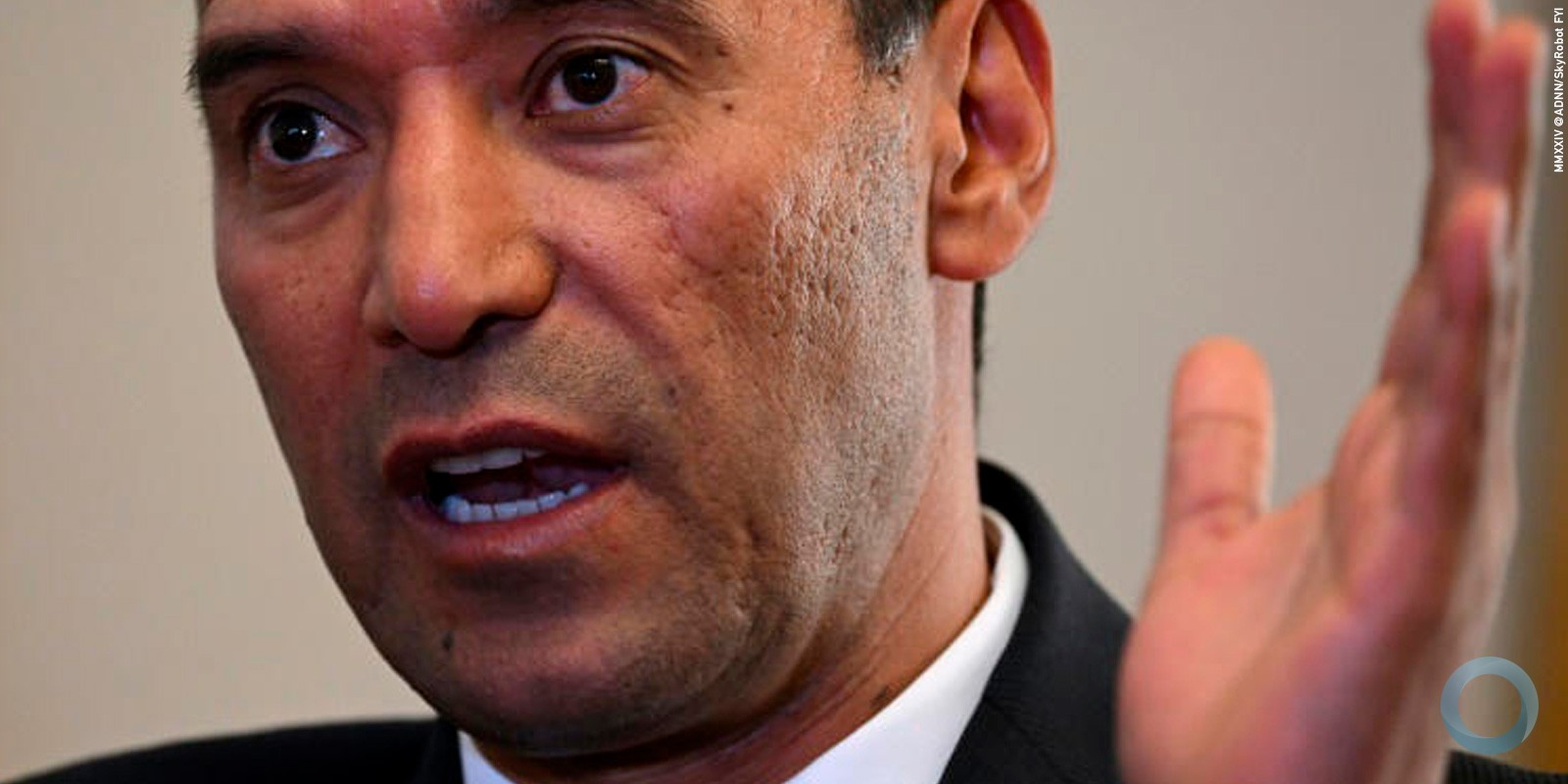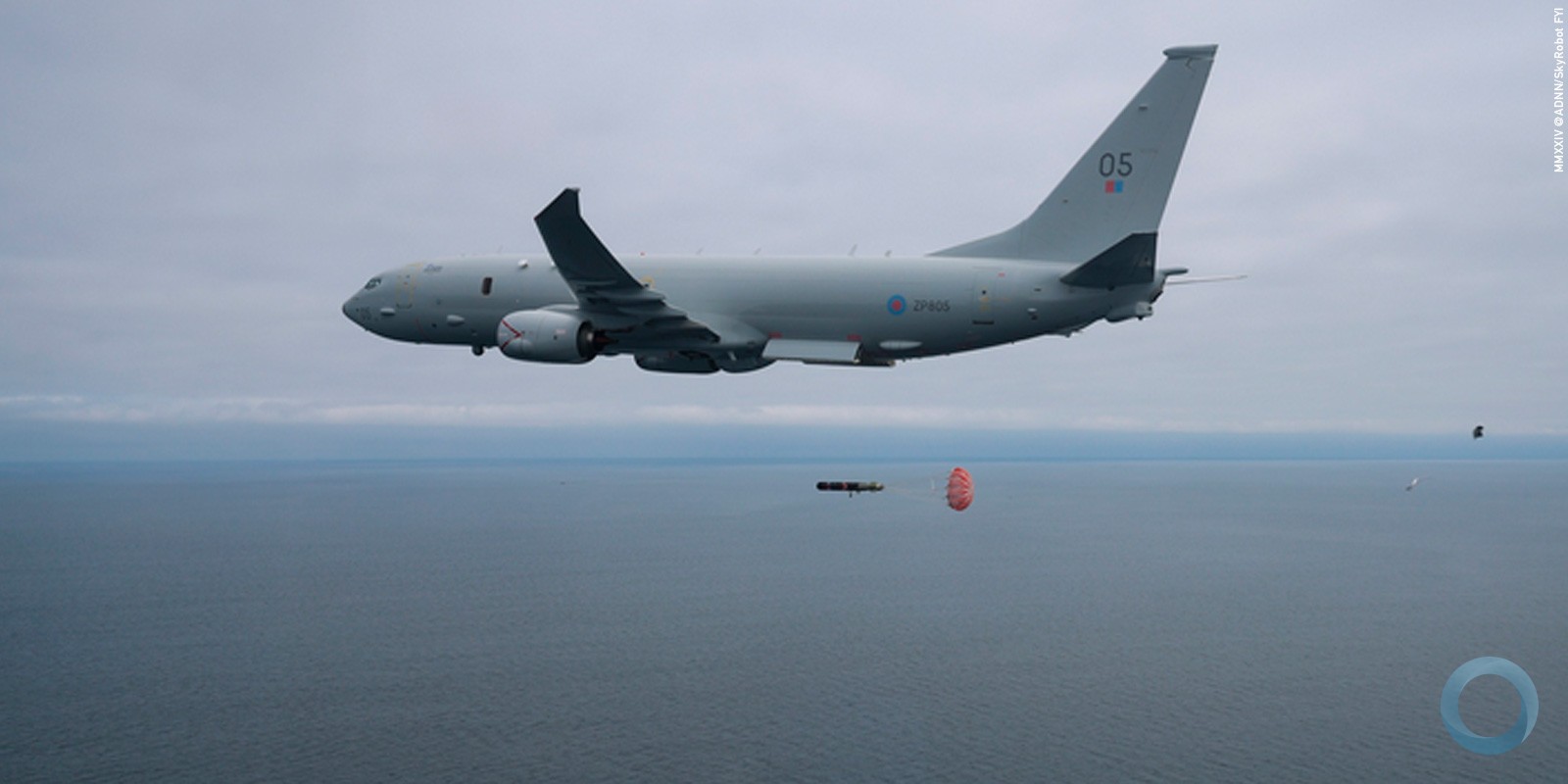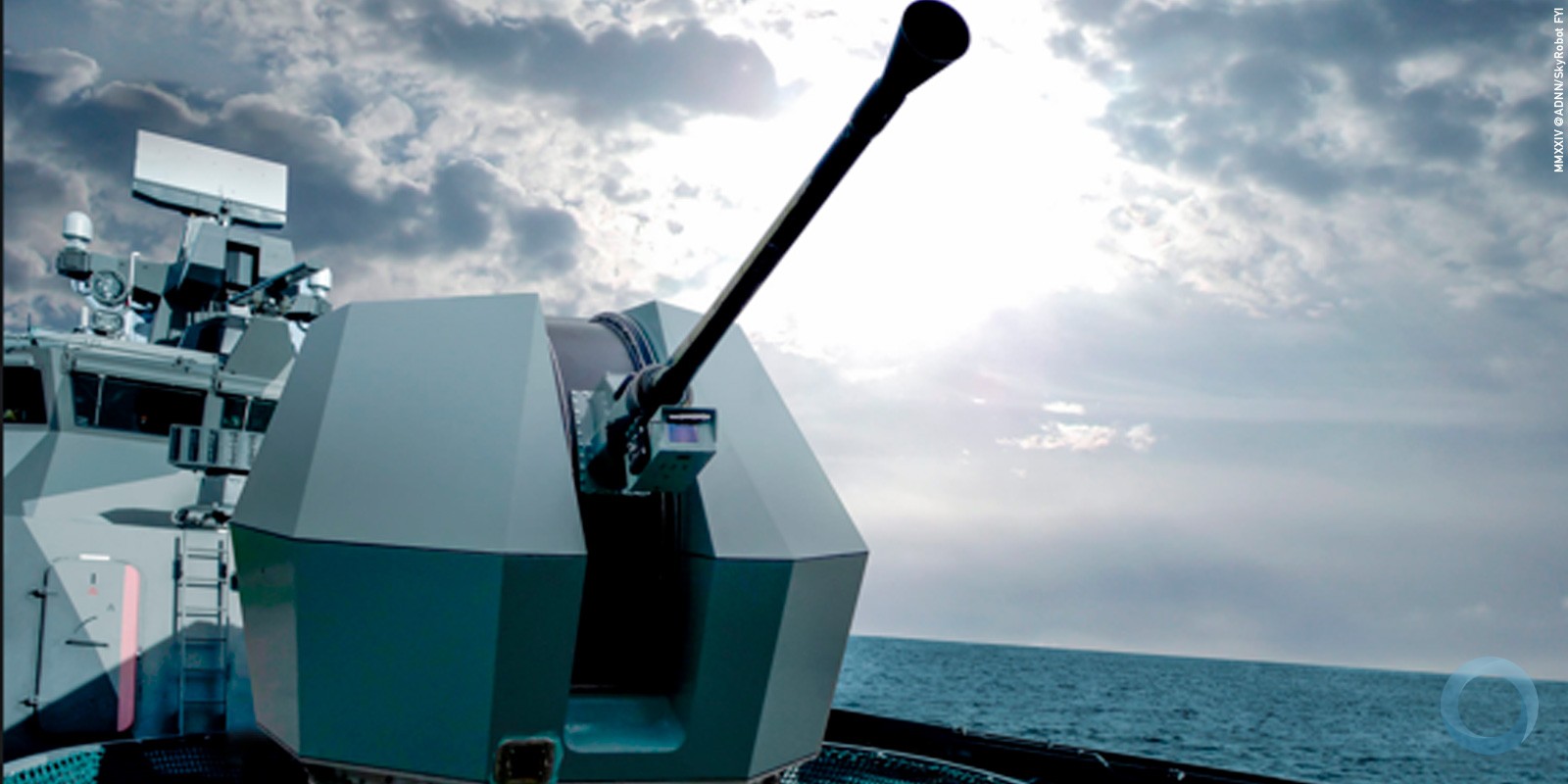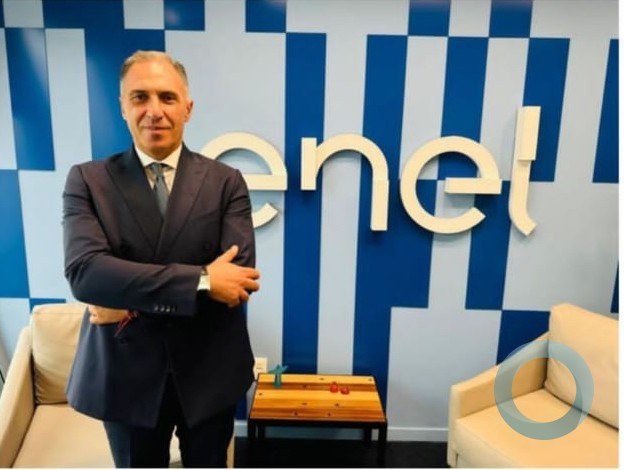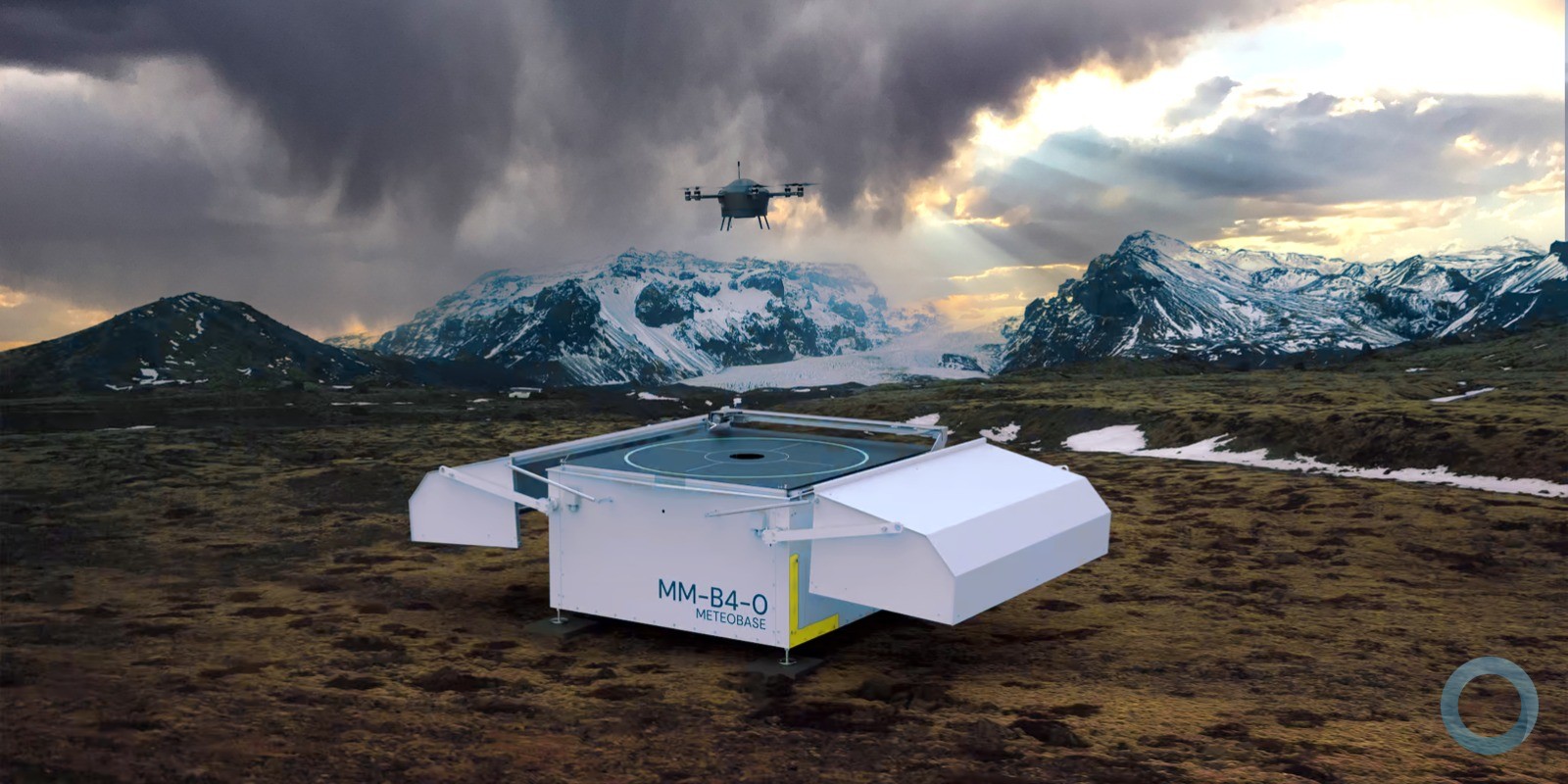Nelson Düring
DefesaNet chief-editor
There has been a lot of talk about Odebrecht Defense & Technology’s (ODT) intention to find a way of negotiating its shares on subsidiary company MECTRON, based in São José dos Campos, São Paulo estate.
Now that ODT has actually made the aspiration of selling its Brazilian Missile House shares public, DefesaNet brings a detailed picture of the goals and strategies of what ODT’s headquarters call the “new MECTRON”.
Merged into Odebrecht Defense & Technology back in 2010, MECTRON had a capital injection in order to reorganize its financial liabilities and conclude several ongoing projects, as well as reinforce its personnel.
However, budget issues have had a significant impact on the company for the last three years. ODT acts in two distinct areas on the defense sector: it has shares in Itaguaí Construções Navais (ICN) along with French naval company DCNS – the Brazilian partner holds 60% of all capital on the group responsible for building submarines for the Brazilian Navy according to the terms of the Submarine Development Program (PROSUB). And then there’s MECTRON, a company originally focused on developing missiles for all three Brazilian Armed Forces.
According to what ODT’s president, André Amaro, told DefesaNet: “99% of our chalanges are at MECTRON and 99% of our results are at ICN”. This statement is crucial to describe the new strategy designed for what he calls “the new MECTRON”.
Amaro says that: “ICN is an industrial enterprise with a defined strategic and technological partner. We managed to read high productivity and quality levels, similar or even superior, in some aspects, to those of our reference – the DCNS operations base in Cherbourg, France”.
“We want to give MECTRON the same layout. E for that, we are seeking a strategic and technological partner to provide 40% of capital – the largest share possible so the company still remains in the Strategic Defense Company (Empresa Estratégica de Defesa – EED) category”.
There are two ways to strengthen MECTRON at this point. One of them is through investment from the Brazilian government in the form of projects and research budget. The other would be through an international partnership that would provide the company with the technological know-how it lacks at the moment. That would mean better support for current and future defense contracts, including the SAAB one for the Gripen E/F fighter jets and the POSUB one.
“We are creating a contact book that gathers potential partners and what they could bring to MECTRON”, explains Amaro.
Opportunities for MECTRON surrounding the systems provided for the submarine program can be affected for the better or the worse depending on what technological partner is brought into the game.
MECTRON’s fields of expertise
At the moment, MECTRON acts on four different fields, and has many technological partners, almost one for each project developed by the company. This business model has created larger costs and lack of synergy between companies. Only a few weeks ago, activities in the space sector were terminated because the VLS Launcher Program was shut down.
Some of the current projects conducted by MECTRON are:
Missile House– A-Darter, MAA-1 e MAA-1B, Anti-radiation (MAR), Anti-ship Surface (MANSUP), Surface-Surface (MSS-1),
Aerospace – Radar SCP1 (A-1’ modernization line)
Telecommunications– Link BR2, RDS
Defense Systems– SISGAAz – the company acts as a Softerhouse. Plus, it is involved in many projects for the Brazilian Navy’s Submarine Development Program, including that of the nuclear-powered submarine.
For each of these projects, there are numerous foreign partners involved, either active or potentially. Some of them include DENEL (South Africa), Harris (Unites States), MBDA (Europe), Rafael (Israel), SELEX (Italy), ATLAS Eletronik (Germany), THALES (France), MOTOROLA (USA) e Rosoboronexport (Russia).
André Amaro has been in touch with potential partners, but first he met with Brazilian government representatives in order to know if there would be limitations and obstacles for future negotiations. The ODT president got the green light to even contact Russian and Chinese companies.
However, ODT knows that each partnership opens up and at the same time closes a range of opportunities. That’s how the geopolitics of the defense industry work. A French partner would get along better with DCNS at the PROSUB, someone from another country might present a restriction on the Gripen E/F program, and so on.
The main goal for MACTRON at this point is to keep focusing on Missile House. Even if it means rearranging some of the other projects and adopting a new corporate model in order to move forward with sensitive programs linked to the Gripen E/F initiative and, especially, the PROSUB, in case an international partner poses an obstacle.
As for the future…
This revamp will integrate MECTRON into all four branches of ODT, as well as into a global market perspective that provides access to technology and reduces the costs of Research and Development (R&D).
Regarding how receptive foreign companies have been of ODT’s advances, André Amaro says: the main defense corporations in the world have been showing a lot of respect for the Brazilian defense market, and have a positive view of things in medium and long terms. Brazil is on the radar of the great world players”.
“What we suggest is a medium to long-term movement, a Brazilian company, a strategic defense company, focused on the moment when Brazil resumes its investments on the defense sector. Regarding MECTRON, we were questioned about the company’s feasibility. The new MECTRON can’t have that kind of weakness”, says ODT’s president.
The company president didn’t want to disclosure any numbers, but stated that any data that has been made public is not official.
The impression is that Odebrecht Defense & Technology is preparing to go through the difficult budgetary reality Brazil faces at the moment. But the most important thing is that the group is and will remain in the defense market.






